Fascinating Facts About Grackles: Nature’s Clever Opportunists
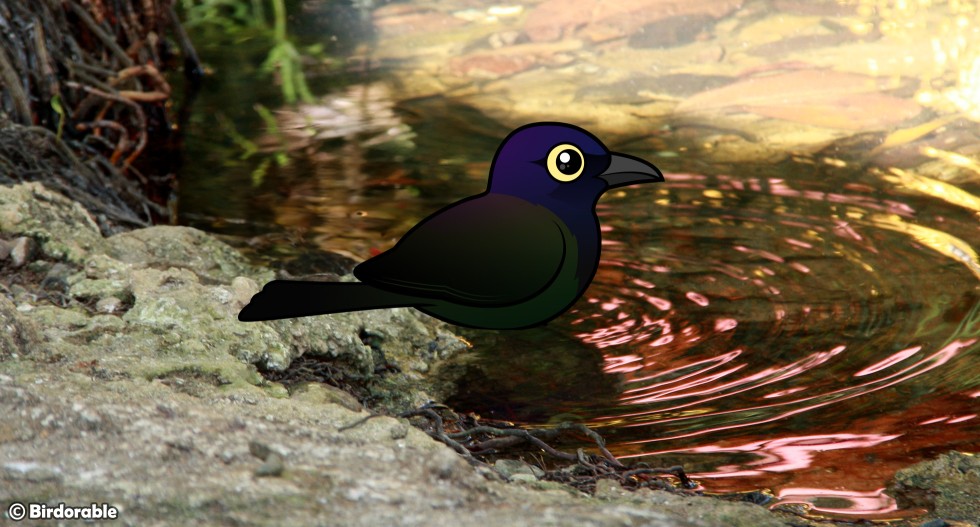
Birdorable Common Grackle taking a bath
Grackles are fascinating birds with intriguing behaviors and striking appearances. There are 10 living species of grackle in the world, along with one known extinct species. There are three Birdorable grackle species (read on to learn which ones we feature!). These New World birds live in various habitats across North and South America. Here are some interesting facts about these lively and adaptable birds!
Social Structure
Grackles are highly social birds, often forming large flocks that can number in the thousands. These flocks can create quite a spectacle, especially during roosting or migration periods.
Unique Vocalizations
Grackles have a wide range of vocalizations, including whistles, croaks, and clicks. They are known for their loud, harsh calls, which can often be heard in urban areas. Calls of the Common Grackle have been compared to the noise made by rusty gate hinges. These varied vocalizations help them communicate within their social groups, attract mates, and signal danger. Additionally, grackles can mimic other birds and environmental noises.
Dietary Flexibility
Grackles are omnivorous and highly opportunistic feeders. Their diet includes insects, small mammals, eggs, seeds, fruits, and even human food scraps. They are known to forage in fields, lawns, and dumpsters alike.
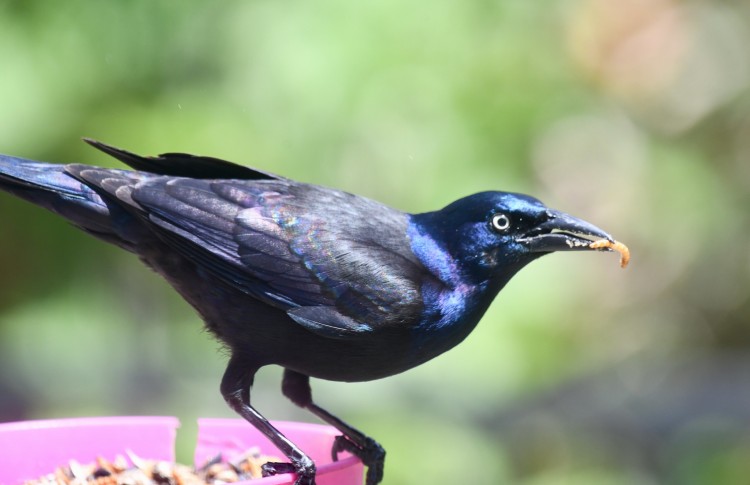
The iridescent feathers of a Common Grackle by Michele Dorsey Walfred (CC BY 2.0)
Iridescent Feathers
Grackles are known for their glossy, iridescent feathers that can shimmer in shades of blue, purple, green, and bronze, especially in sunlight. This iridescence is visible due to the microscopic structure of their feathers that affect the way light appears when the bird moves.
Bold and Aggressive Behavior
Known for their boldness, grackles often exhibit aggressive behavior towards other birds and even larger animals. They can be seen chasing away other birds from feeders or scavenging spots. When attacking other birds, they will peck, bite, and scratch.
Interesting Courtship Displays
During courtship, male grackles perform elaborate displays to attract females. These displays often include fluffing their feathers, spreading their wings and tail, and making a variety of calls. Male Great-tailed Grackles will fluff out their feathers, fan out their tails, and quiver their wings in order to attract females.
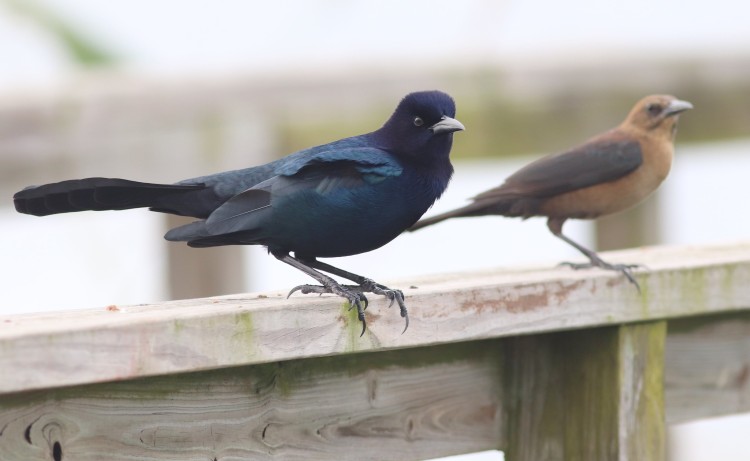
Boat-tailed Grackles (male on left; female on right) by Gary Leavens (CC BY-SA 2.0)
Sexual Dimorphism
There is noticeable sexual dimorphism in grackles. Males are generally larger and more iridescent than females. This difference is particularly evident in species like the Boat-tailed Grackle, where females differ in both size and plumage (they are mostly brown).
Pest Control Benefits
By feeding on insects, grackles help control pest populations. They consume a significant number of agricultural pests, which can be beneficial for farmers. Unfortunately, several grackle species are also seen as agricultural pests, with large flocks happily consuming crops like corn.
Adaptability to Urban Environments
Grackles have successfully adapted to urban environments, thriving in cities and towns where they find ample food and nesting sites. Their ability to live in close proximity to humans has contributed to their widespread presence.
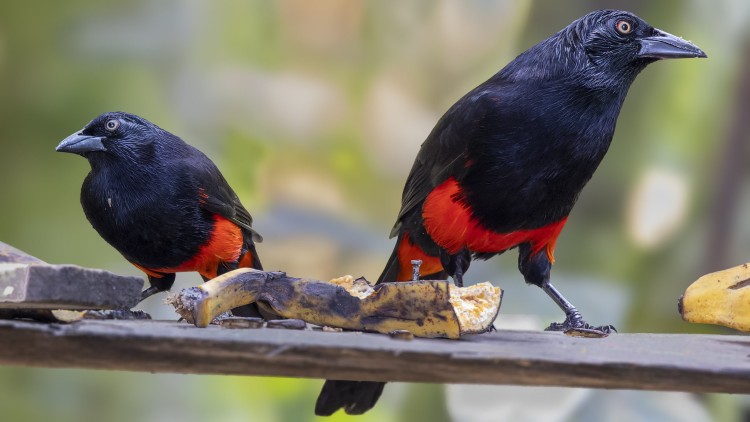
Red-bellied Grackle by Gary Leavens (CC BY-SA 2.0)
Species Diversity
There are several species of grackles, including the Common Grackle, Great-tailed Grackle, and Boat-tailed Grackle, each with unique characteristics and habitats. The seven other living species of grackle are: Nicaraguan Grackle; Greater Antillean Grackle; Carib Grackle; Red-bellied Grackle; Velvet-fronted Grackle; Golden-tufted Grackle; and Colombian Mountain Grackle. The Slender-billed Grackle became extinct around 1910.
Grackles are Great
From their stunning iridescent feathers to their interesting courtship techniques, grackles belong to an interesting family of New World birds. From familiar backyard birds to elusive tropical species, grackles remind us of the intricate balance within ecosystems and the importance of each species in maintaining ecological harmony.
Birdorable Grackle Gifts
Did you catch the three grackle species we have here at Birdorable? They are they Common Grackle, the Boat-tailed Grackle, and the Great-tailed Grackle! Here are some apparel and gift options featuring our Birdorable grackles.

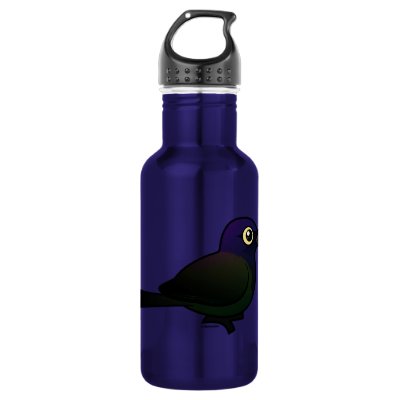

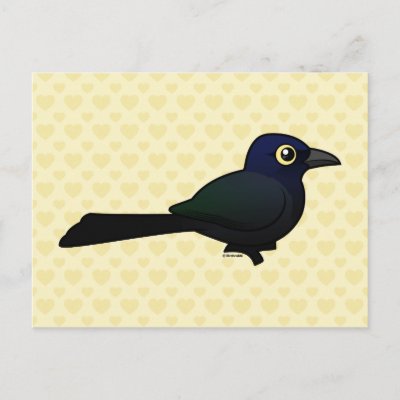
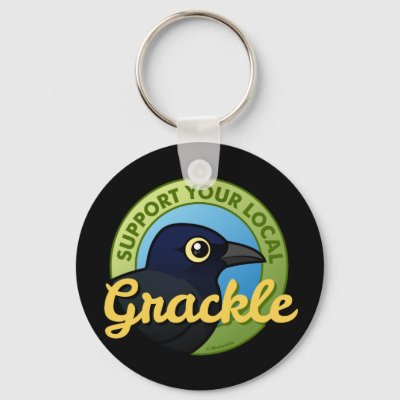







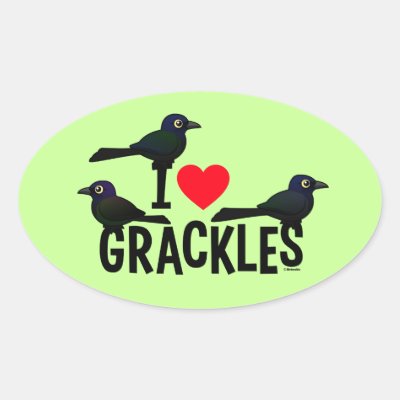




Comments
Leave a comment
Thank you!